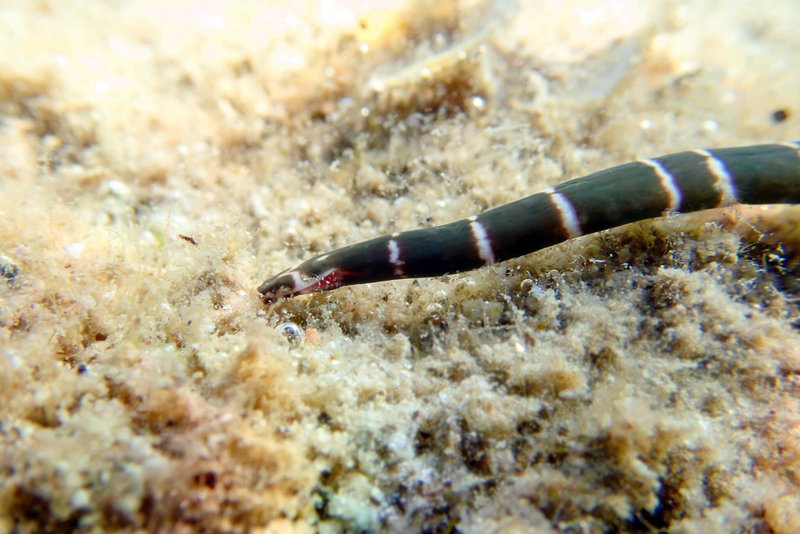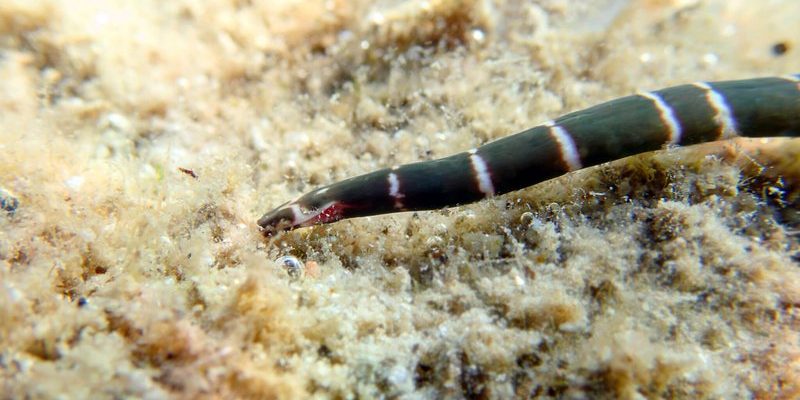
Ribbon worms, scientifically known as *Nemertea*, are long, slender worms that come in all sorts of colors and sizes. They can vary from just a few centimeters to several meters long! But what makes them really interesting is their role in the *sediment stability* of the ocean floor. They burrow into the sediment, help to aerate it, and contribute to the overall health of their environment. So, why should we care about these little worms? Let’s dive deeper into the fascinating relationship between ribbon worms and ocean floor sediment stability.
What Are Ribbon Worms?
Ribbon worms are part of a group of invertebrates that have been around for millions of years. They often look like long, thin strips of ribbon, which is how they got their name. But they’re not just pretty to look at; they feature some fascinating biological traits. For starters, they possess a unique feeding structure called a proboscis, which they use to capture prey. This capability allows them to maintain a balanced ecosystem by preying on smaller organisms, ensuring that the food chain remains intact.
You might be wondering how these worms fit into the larger picture of marine life. Well, they play a critical ecological role. By burrowing into the sediment, ribbon worms help to break it up, allowing for better water circulation and oxygenation. This aeration is key because it enables other organisms, like bacteria and smaller marine animals, to thrive. In a way, ribbon worms are like the unsung heroes of the ocean floor.
Another interesting fact is that ribbon worms can regenerate lost body parts. If they happen to lose a segment of their body, they can grow it back! This resilience not only helps them survive but also plays a part in their role in sediment stability.
The Importance of Sediment Stability
Sediment stability is a crucial aspect of marine ecosystems. Think of the ocean floor as a giant sponge, soaking up nutrients and providing a habitat for countless marine creatures. If the sediment is unstable, it can lead to erosion, which harms the delicate balance of life below the waves. Healthy sediments are essential for maintaining habitats, supporting food webs, and even influencing water quality.
You might be surprised to learn that sediment stability has a direct impact on coastal communities too. For instance, when sediments are eroded, it can increase turbidity in the water, making it harder for plants to photosynthesize. This could ultimately affect fish populations that depend on these plants for food. So, managing sediment stability is not just about the ocean floor; it has far-reaching implications for human activities as well.
Here’s the thing: ribbon worms play a key role in promoting sediment stability. By burrowing and aerating the sediment, they help keep it firm and healthy. This interaction is crucial because it supports the entire marine ecosystem, ensuring that everything from tiny microbes to larger fish can thrive.
How Ribbon Worms Help Stabilize Ocean Floor Sediments
So, how exactly do ribbon worms contribute to sediment stability? Their burrowing activities are fundamental to this process. As they dig through the sediment, they create channels that allow water to flow more freely. This flow plays an essential role in preventing the sediment from compacting too tightly, which can lead to instability.
Additionally, the burrows made by ribbon worms serve as habitats for other organisms. Various species use these spaces as protective shelters, creating a vibrant community in the ocean floor. The presence of these tiny structures helps foster biodiversity, which is important for overall ecosystem health.
Moreover, ribbon worms contribute organic matter back into the sediment. As they feed on organic material, they break it down and cycle nutrients back into the environment. This natural process is vital for maintaining the nutrient balance necessary for plants and other marine life to thrive. It’s like they’re helping to create a compost system right at the bottom of the ocean.
Finally, the interaction between ribbon worms and sediment itself is quite complex. The worms not only stabilize the sediment but also influence the composition of the sediment. By breaking down and mixing the particles, they can create a more diverse range of sediment types. This variation helps create a richer habitat for a variety of marine species.
The Impact of Human Activities on Ribbon Worms and Sediment Stability
Unfortunately, human activities pose a threat to both ribbon worms and sediment stability. Pollution, overfishing, and coastal development can drastically alter the marine environment. For example, when coastal areas are developed, the natural habitats for ribbon worms can be destroyed. Without these habitats, their populations may decline, leading to further instability in sediment.
Pollution, particularly from agricultural runoff, can also harm ribbon worm populations. When fertilizers and pesticides wash into the ocean, they can create dead zones—areas with little to no oxygen that are inhospitable for marine life, including ribbon worms. This decline can lead to a cascade effect, impacting the entire ecosystem.
Here’s a thought: if we want to maintain healthy oceans, we need to be aware of how our actions affect these tiny creatures. By protecting the habitats that ribbon worms rely on, we can help ensure the stability of ocean floor sediments and the health of marine ecosystems as a whole.
Ribbon worms might not be the first creatures that come to mind when we think about ocean ecosystems, but their role in sediment stability is essential. These fascinating creatures enhance the health of the ocean floor by aerating sediments, serving as habitats for other organisms, and cycling nutrients back into the environment.
As we navigate the challenges posed by human activities, it’s crucial to remember that every species, no matter how small, plays a part in maintaining the delicate balance of our oceans. By advocating for practices that protect marine habitats, we can help sustain the populations of ribbon worms and, in turn, the stability of ocean floor sediments. Let’s appreciate these unsung heroes and work together to safeguard their future for the health of our planet.

